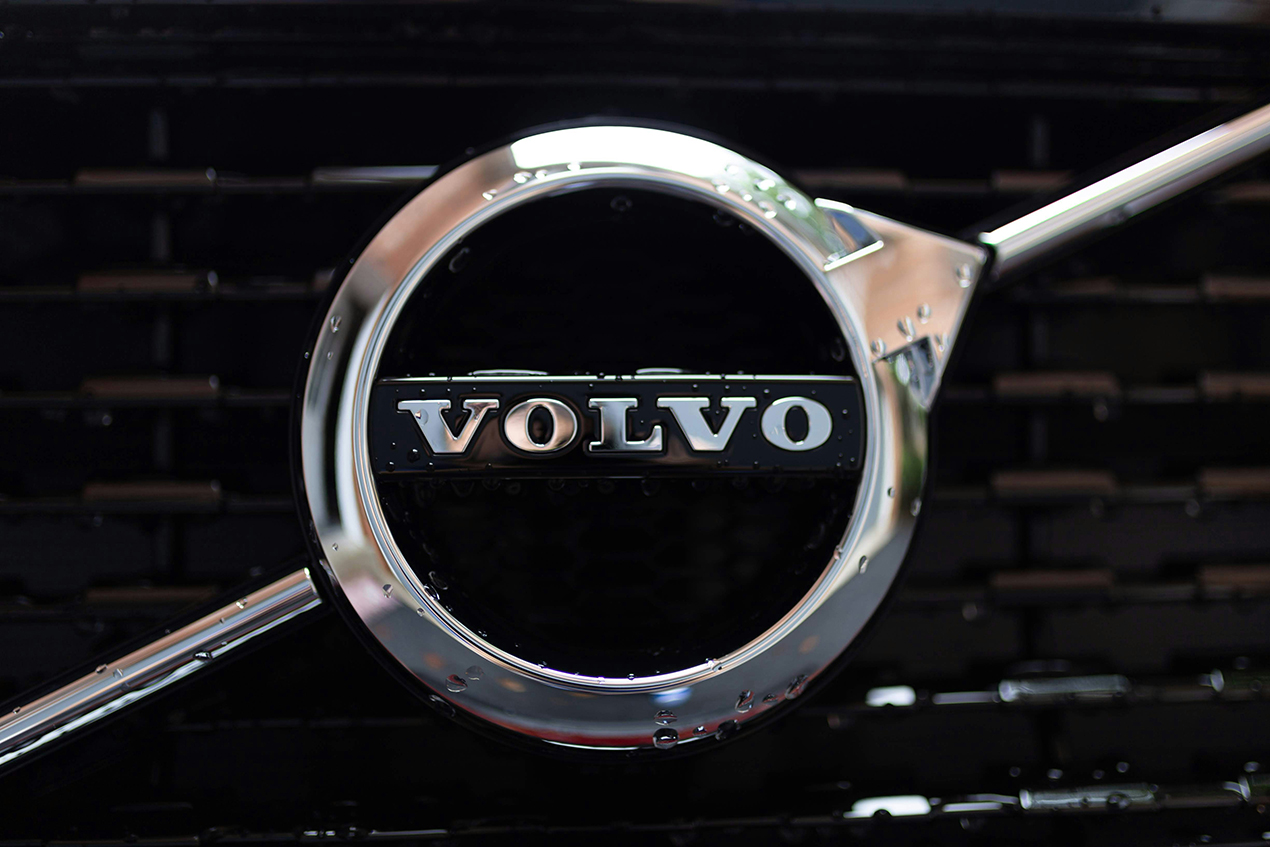News
Volvo Partners with Energy Companies to Develop Hybrid Vehicles
Recently, Volvo Car Company announced that it will cooperate with energy company Vattenfall to produce a new plug-in hybrid model. This hybrid model can be charged through a standard household socket and will be launched in 2012. This breakthrough technology will significantly reduce the environmental impact of cars. For car owners, plug-in hybrid vehicles are convenient to charge and have significantly lower energy consumption costs. The joint project between Volvo Cars and Vattenfall began in January 2007 with the goal of testing and researching plug-in technology. Today, this partnership has developed to a whole new stage.“We are working together to bring a range of plug-in hybrids into production in Sweden by 2012, which can be powered by both electricity and diesel. This is a major step forward for our business and the partnership with Vattenfall allows us to Customers are offered more environmentally friendly models," said Volvo Cars President and CEO Stefan Oude. Vattenfall and Volvo Cars believe that series production of plug-in hybrids and related infrastructure improvements can create new jobs while allowing Sweden to remain at the forefront of cutting-edge environmentally friendly technologies.
One of the biggest advantages of plug-in hybrids is that they can be charged through a regular household power socket. "We hope to strengthen the importance of electricity in society and make it play a greater environmental role. Through such cooperation, we hope to accelerate the popularization of electric vehicles. On the basis of plug-in vehicles and various power supply options, we are jointly develop next-generation technologies," said Lars Josephson, President and CEO of Vattenfall. Volvo Cars will be responsible for producing the cars, while Vattenfall will be responsible for developing the charging system and supporting systems.
Electricity is a very suitable energy source for powering cars. Electric motors are highly efficient, using one-fifth the energy of a regular fossil fuel-powered internal combustion engine. Plug-in hybrids will sell for more than conventional models because batteries are still relatively expensive. But compared with diesel engines, the energy cost of electric vehicles will be one-third. Vattenfall will offer customers the opportunity to enter into agreements to use only renewable electricity, such as wind power and hydropower. Renewable electricity is an important addition to the regular generation mix. Using plug-in hybrids will bring many benefits to customers, even in certain situations where renewable electricity is not available. Vehicle emissions can be avoided through electricity. Unlike gasoline and diesel, electricity comes from several huge sources of energy. Vattenfall is actively researching the elimination of CO2 emissions from all power generation processes. In Sweden, virtually all of Vattenfall's power generation processes are emission-free.
Plug-in hybrids will be powered by a powerful electric motor equipped with a lithium-ion battery. Charging time of the battery via ordinary household power is approximately 5 hours. The battery will also be charged each time the brakes are applied. Most daily driving is short distance, such as commuting to and from get off work. Plug-in hybrids will meet this transportation need. At the same time, in order to meet the needs of long-distance driving, the vehicle will also be equipped with Volvo's low fuel consumption diesel engine.
In the summer of 2009, three Volvo V70 technology demonstration vehicles will be unveiled. These three demonstration vehicles are used to collect feedback and needs from drivers on this new technology to determine their driving habits and how they want to charge. Vattenfall will test various methods of fast home charging as well as public charging stations where users can charge for a fee. The models that will be mass-produced in 2012 will use some different technologies from now, and the appearance of the technology demonstration car will be an important step towards mass production according to market demand.

RELATED NEWS
- U.S. Solar Power Installed Capacity Increased by 684 MW in the Third Quarter
- Europe will Set up Fund to Help Developing Countries Cope with Climate Warming
- BANDON Brings Multi-scenario Solutions to Participate in ISH China Heating Exhib
- India’s Dream of Becoming a Space Power has been Seriously Frustrated
- the Steel Industry has Entered a Period of Cross-border Mergers
